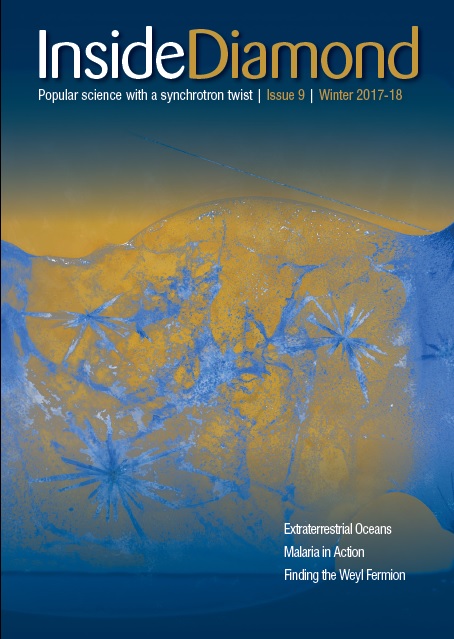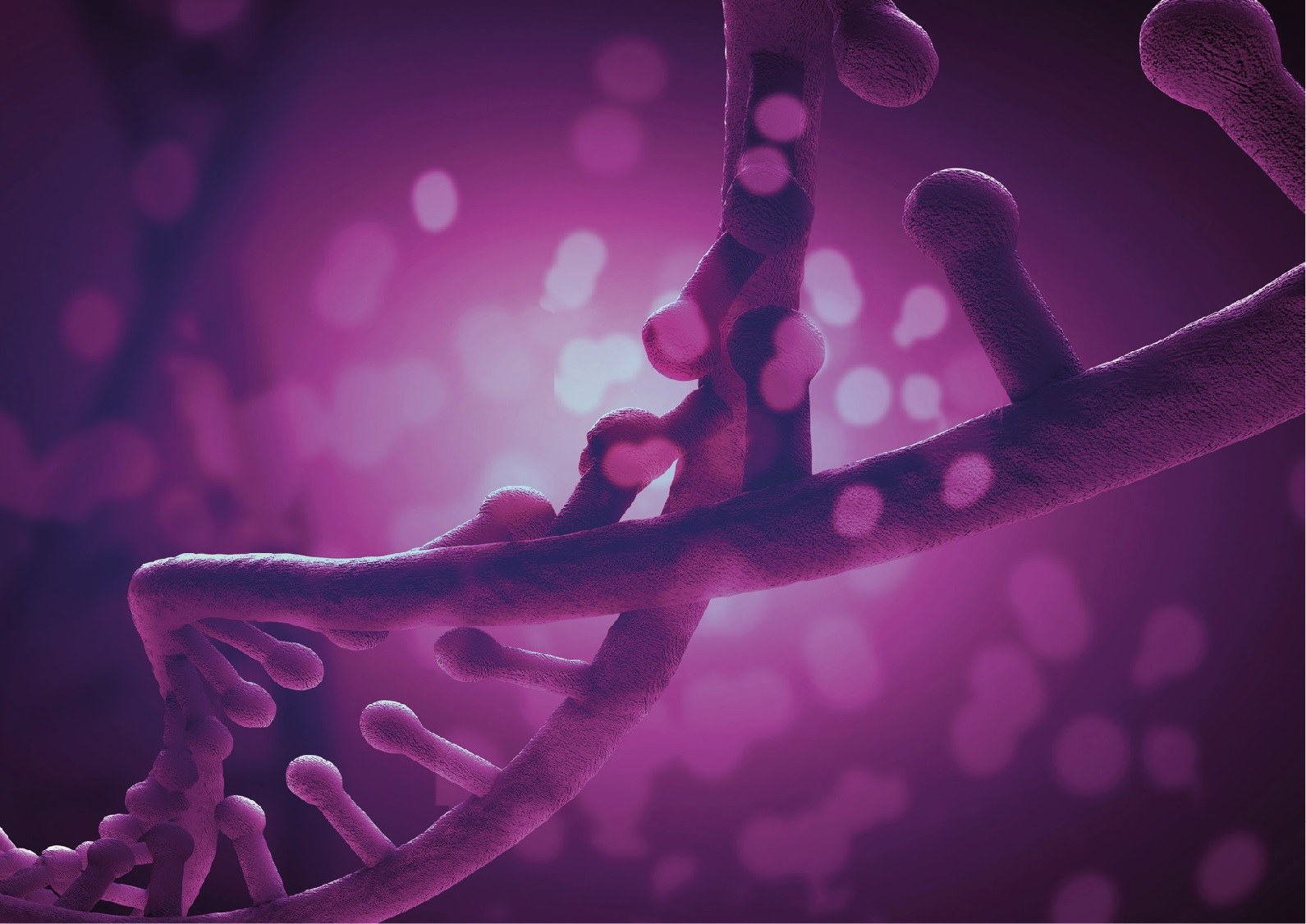But not all of the information that DNA contains is important. And so proteins – the worker bees of the body – must decide which parts of the chromatin-packaged DNA to unpack and read. They can then transform this information into action. It’s this activity that allows us to develop in a certain way and to survive as organisms.
And there lies the key to epigenetics: every person’s proteins read the DNA differently. Think back to those identical twins – they have exactly the same genes, so why aren’t they exactly the same in every way? The answer is epigenetics. Each twin’s proteins will read different parts of their genetic code, meaning certain aspects of the code are expressed more strongly than others.
Epigenetic processes can be incredibly powerful. The way our proteins read DNA can determine how we look and how quickly our body ages. When a fault emerges in this reading process it can lead to a variety of diseases including diabetes, schizophrenia and cancer.
Identical twins have exactly the same genes, so why aren't they exactly the same in every way?
And this is where things get really interesting. Epigenetics literally means ‘beyond genetics’. The way in which our proteins read our DNA is dependent on many factors: the environment in which we live, lifestyle factors such as smoking and diet, and even just blind chance. But because epigenetics is not preordained in our genes, we can manipulate it.
Some ‘epidrugs’ are already in use for certain cancers. These drugs alter the way in which our proteins read our DNA so as to prevent any faulty readings that may lead to disease.
Epigenetics & prostate cancer
Scientists from Diamond and the University of Freiburg have recently used the synchrotron’s I04 beamline to make an important discovery that could provide new epidrugs targeted to fight prostate cancer.
CHD1 is a protein involved in reading DNA, but it doesn’t always do exactly what it’s supposed to. In presence of the hormone androgen, it has been found to accidentally bind to a modified protein called KDM1A, which interacts closely with the DNA-packaging molecule, chromatin.
This research has revealed the complex role of these two proteins in the growth of prostate cancer cells, demonstrating that when the CHD1 protein and the KDM1A protein join, it activates a circuit leading to aggressive cancer growth.
And so we have a problem: we need to prevent this binding process to combat the spread of prostate cancer, but we can’t turn the CHD1 protein off because it’s vital to reading our DNA.
But we are now closer to a solution, thanks to Dr Ralf Flaig and his colleagues. The group recently caught the protein complex red-handed, imaging on the atomic level what this binding reaction looks like.
Ralf explains: “The CHD1 protein and KDM1A protein join like a lock and a key fitting neatly into place. But when we looked at this reaction on the atomic scale, we noticed a small gap in the joined up structure – this gap is the perfect size for a drug molecule to fit into.
“This means that it might be possible to design a drug that specifically prevents the binding of the two proteins, thereby preventing the activation of the circuit that triggers the growth of prostate cancer, whilst leaving the CHD1 protein unharmed and able to go about its job of reading our DNA.”
The group’s next step will be to investigate different molecules that might fit in the identified gap, offering a new approach to treating prostate cancer.
A world beyond genetics
As we learn more about epigenetic processes, we’re becoming even better equipped to combat the many diseases that result, not from our genes, but from the proteins that read our DNA.
We still have a long way to go before we fully understand the extent of epigenetic processes and how to harness them, but research such as Ralf’s is moving the field forwards.
One thing is for sure: the driving forces behind human biology are enormously complex. But as scientific progress marches on, we can see deeper and deeper into the invisible forces that shape us as individuals, and learn more about the vast tapestry that makes up human life.


